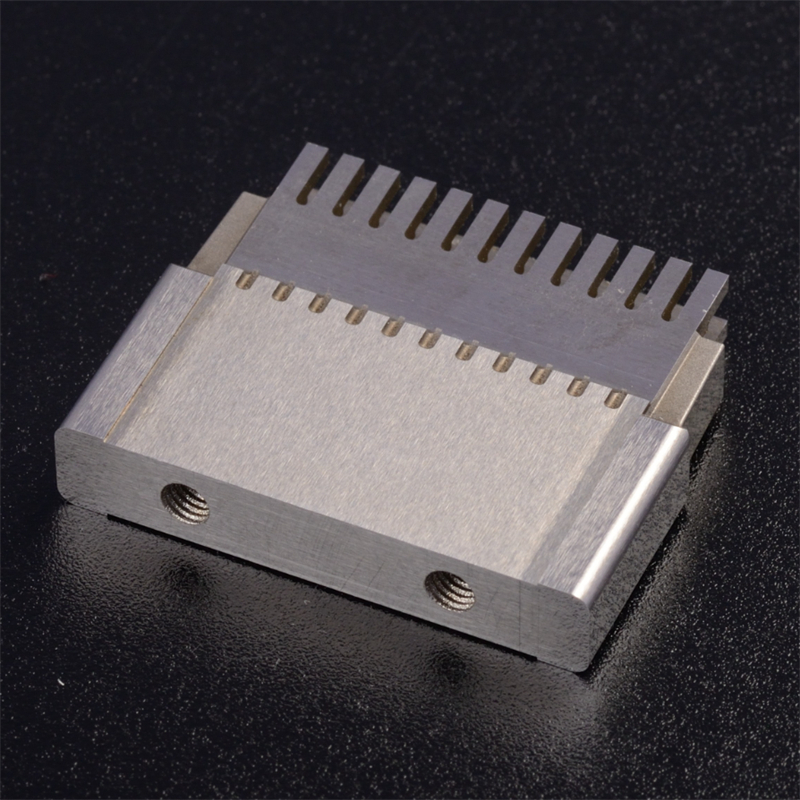Effect of Wire EDM Cutting processing conditions on surface roughness of mold parts
April 19, 2024
Exploring the effect of Wire EDM cutting processing conditions on surface roughness of mold parts is crucial for optimizing manufacturing processes and ensuring high-quality end products. Several key factors influence surface roughness in Wire EDM, including cutting parameters, electrode material, workpiece material, and dielectric fluid properties. Let’s delve into each aspect:
1. Cutting Parameters: Parameters such as pulse duration, pulse frequency, and current intensity significantly impact surface roughness. Optimizing these parameters based on the specific requirements of the mold parts can help achieve the desired surface finish. For example, increasing pulse duration or decreasing pulse frequency can lead to smoother surfaces but may result in slower cutting speeds.
2. Electrode Material: The choice of electrode material, typically brass or copper, can influence surface roughness. Different electrode materials have varying erosion rates and thermal conductivity, which affect the machining process. Selecting the appropriate electrode material based on the workpiece material and desired surface finish is essential for controlling surface roughness.
3. Workpiece Material: The material composition and hardness of the workpiece significantly affect surface roughness. Harder materials may require adjustments to cutting parameters to achieve optimal surface finish without compromising machining efficiency. Additionally, variations in material properties, such as grain size and composition, can impact surface roughness.
4. Dielectric Fluid Properties: The dielectric fluid used in Wire EDM Cutting plays a crucial role in maintaining stable machining conditions and controlling surface roughness. Dielectric fluids help dissipate heat generated during machining and flush away debris from the cutting zone. Factors such as dielectric fluid conductivity, viscosity, and filtration can influence surface finish and overall machining performance.
By systematically studying and optimizing these factors, manufacturers can enhance the surface finish of mold parts produced using Wire EDM Cutting, ensuring dimensional accuracy and meeting quality standards. Experimentation, data analysis, and continuous process refinement are key to achieving consistent and high-quality results in mold manufacturing.




